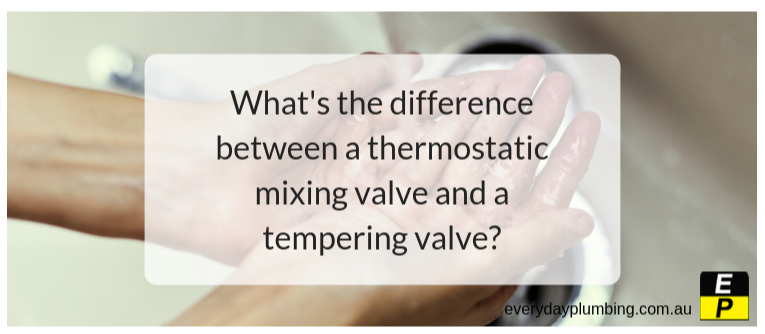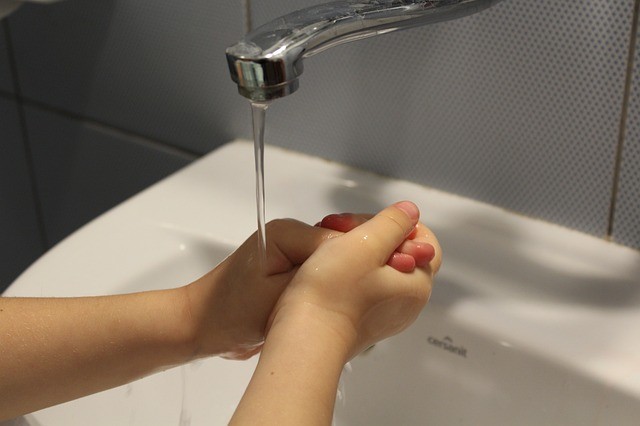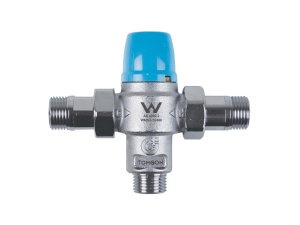What’s the difference between a tempering valve & a TMV?
Not sure if you need to install a tempering valve or a thermostatic mixing valve? Your local plumber can provide you with advice specific to your water heating requirements but here’s the low down to get you started.

Why do we need to use a TMV or tempering valve?
The large volume of water which spends most of the day just sitting in your hot water tank (unless you have instant) is a perfect breeding ground for all sorts of nasty bacteria. One of which is the Legionella bacteria that can cause a serious pneumonia-like bacterial infection Legionnaires disease, which in some cases leads to death.
A large tourist attraction in Melbourne was totally shut down due to a Legionnaires disease outbreak caused by bacteria breeding in the building’s air conditioner cooling tower system. This is just one example of many and is why we should take the risk seriously in our homes.
Prohibiting the growth of bacteria in your hot water system is achieved by maintaining the thermostat at 60℃ (140℉) or above. However, increasing the temperate significantly above this will just result in higher power bills, not added protection.

The problem with keeping your storage hot water at this temperature is that at 60℃ hot water can cause severe scalding in only a few seconds. Small children, the elderly, and the infirm are some of the groups at most risk of burns.
Solution - install a tempering valve or TMV to the hot water pipe supplying personal hygiene areas (bathrooms), in some situations the whole house, which reduces the water to a much safer 50℃ (122℉), or in some cases 45℃ (113℉), to safeguard residents.
Australian plumbing regulations state that all hot water systems in new homes must be fitted with a tempering valve to control the hot water supply to the bathrooms. Our plumbers recommend installing a valve on all storage hot water systems, new and old.

Tempering valve vs TMV
Both valves contain a temperature-sensitive element which expands or contracts in response to temperature changes in the incoming water. This expansion and contraction control a slide valve which allows more or less hot or cold water into the mix to consistently maintain the desired temperature.

Which one to use?
Tempering valves are usually installed in standard home water heating situations. A thermostatic mixing valve would be fitted if there was a requirement for more exacting control of the water temperature, as well as in larger applications.
A tempering valve is accurate to around 3℃ +/-, while a thermostatic mixing valve can keep the water to 1℃ +/- and responds faster than a tempering valve to changes in incoming water temperature.
Often tempering valves and TMVs can also restrict the supply of hot water totally if for some reason the cold water stops, further safeguarding against burns.
TMVs are designed specifically for use in facilities used by high-risk persons such as:
- aged care centres
- hospitals
- hotels
- childcare centres
- respite centres
- nursing homes
- schools and after-school care
- shopping centre bathrooms
TMVs are often more expensive to install, however, can be repaired and maintained lasting longer on average than a tempering valve. The Australian Standard states that tempering valve testing should be carried out every 12 months with thermostats and o-rings replaced every 5 years.
It’s especially important to fit a solar hot water system with a tempering valve because of the higher temperatures the water can be heated to on hot sunny days.
Not sure which one is right for your hot water system? Contact our Sutherland Shire plumbers for professional advice and tempering valve installation services.